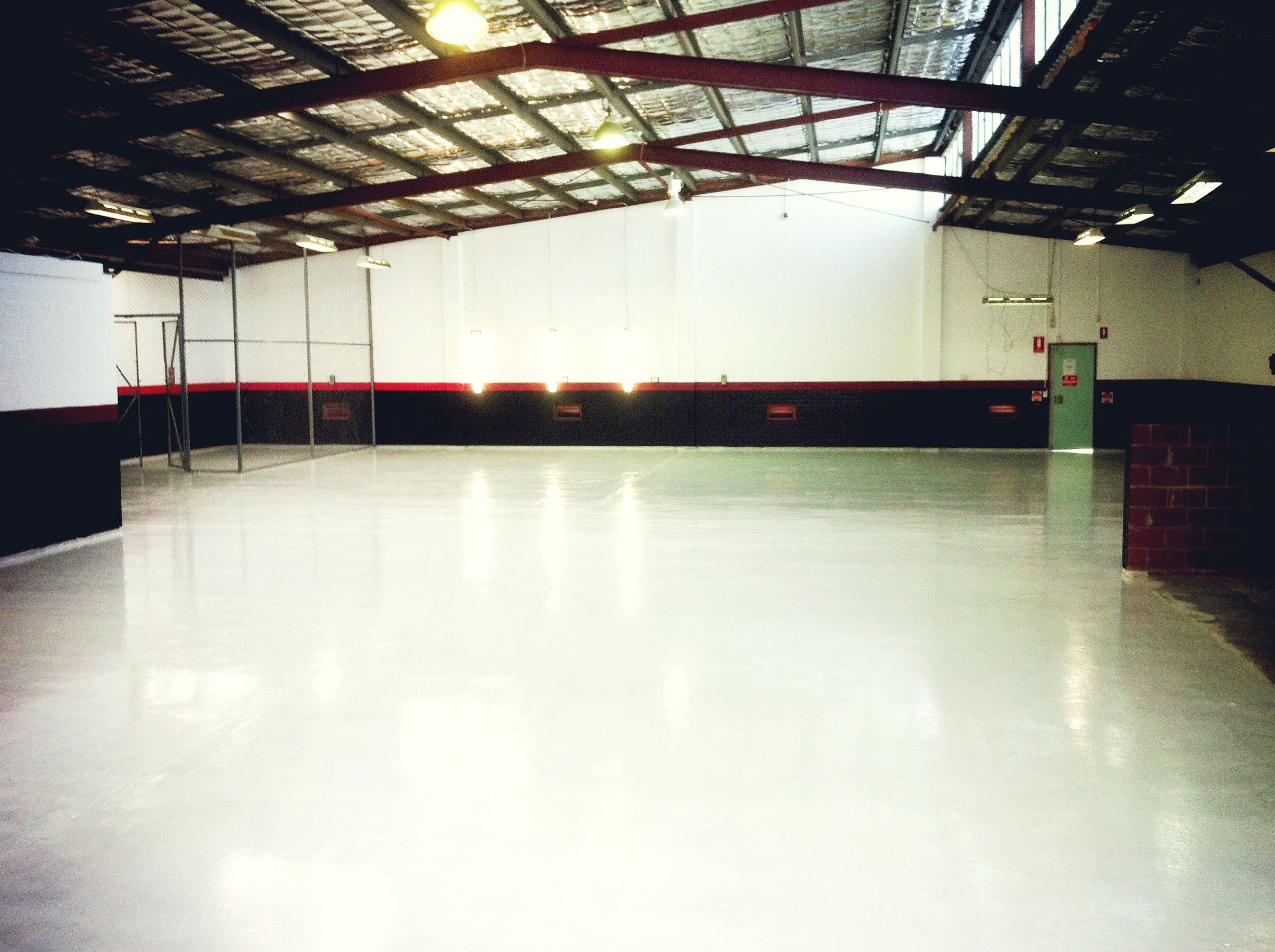Moisture in Concrete: Testing for Excessive Moisture

2018-07-04
Water is an essential element in the making of concrete. Excessive moisture in a concrete slab, however, can lead to the premature failure of floor coatings—failures that cost millions of dollars annually.
Before you coat, test, to prevent concrete coating failure. For a quick read, use a moisture meter to determine whether further testing is required.
ASTM International recommends two standards for measuring moisture in concrete.
Formerly the American Society for Testing and Materials, ASTM International is a standards organization that develops and publishes technical standards for a wide range of materials, products, systems and services—guidelines for quality and safety. According to their website, over 12,000 ASTM standards operate globally.
ASTM F1869 is the “Standard Test Method for Measuring Moisture Vapor Emission Rate of Concrete Subfloor Using Anhydrous Calcium Chloride,” otherwise known as the calcium chloride test.
Calcium chloride absorbs moisture like a sponge. A dish containing calcium chloride is weighed, and then placed on the concrete surface and covered with an airtight dome. 60-72 hours later, the dish is weighed again.
The weight difference measures the amount of moisture vapor emitted by the slab, in pounds of water per 1,000 ft.2 of surface in 24 hours.
Pros: Many flooring contractors adopt this method for testing for moisture because it is easy to do, inexpensive, and helps them make better decisions about how to approach a coating project.
Cons: However, it only measures the top ¾” of concrete, and humidity and temperature can skew the results. New test kits are required for each re-test, and the 60-72 hour turnaround can delay installation.
ASTM F2170 is the “Standard Test Method for Determining Relative Humidity in Concrete Floor Slabs Using in situ Probes,” also known as the relative humidity or embedded probe test.
Relative humidity (RH) is the amount of moisture in the air compared to what the air can hold at that temperature. When air can’t hold any more moisture, it condenses—like on the side of your glass or the morning dew. RH indicates how much the air is moist.
In this method, a hole is drilled into the slab and then a sleeve and probe are inserted to take a reading. The ASTM standard limits RH to <75% for concrete to be coated, unless otherwise specified by the manufacturer.
Pros: It measures actual moisture conditions within different areas of the concrete. The equipment can be used repeatedly to test and re-test concrete.
Cons: This method requires a substantial initial investment in tools and equipment.
Which is the best method? Both. According to Corrosionpedia, the best method for evaluating concrete moisture content involves a combination of techniques. Performing both ASTM F1869 and ASTM F2170 indicates both current moisture vapor emissions and the potential amount of moisture.
How do you mitigate moisture if you get a high moisture reading for your current concrete coating project? Click here to schedule a call with one of our flooring experts to review your options.
Latest News
How to Maintain Your Concrete Grinder
Gain Customers and Referrals in 4 Easy Steps
Ready for the Summer Rush? 4 Ways to Prepare
6 Cold Weather Safety Tips for Installers
How to Remove Salt Stains from Concrete
Testimonials
Every time I call I get to talk to someone, and I always have an answer within 20 minutes. That's awesome.
Client: Terry C.

